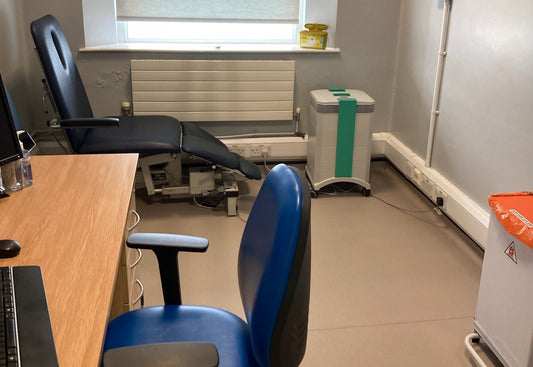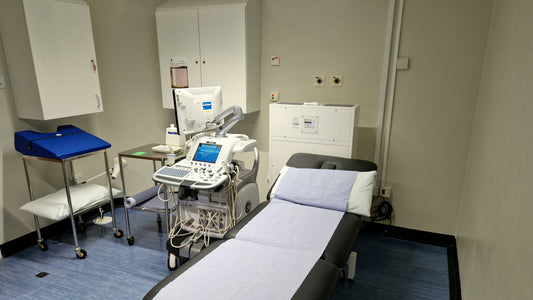In 2012 we heard of the tragic death of three babies from Pseudomonas aeruginosa infection in Belfast's Royal Jubilee Hospital.
Pseudomonas aeruginosa is a bacterium found in soil and stagnant water. It is not a problem for healthy people but it can cause serious infection among people with cystic fibrosis and those with weakened immunity (hospital patients, especially those with HIV/AIDS, cancer and the elderly). Premature babies and people with severe burns are also at risk.
There have been a number of other outbreaks of Pseudomonas infection in UK hospitals, as well as the one in Belfast. Often infection is traced back to contaminated water in drains and sinks. Infected catheters and feeding tubes, and contaminated hands are a common source. The bacterium is tough and can survive for some time on a contaminated surface. The Health Protection Agency reports around 4,000 cases a year, mostly among babies and the elderly.
Whether Pseudomonas aeruginosa can be transmitted through the air, and whether this is a significant pathway of transmission (compared to established routes) is not clear. It is worth noting a research paper that showed that Pseudomonas was present in tiny droplets (around three microns) in cough aerosols analysed from a group of patients with cystic fibrosis.
Pseudomonas is, a relatively common source of healthcare (including hospital) associated infection and could be relevant for hospital air filtration in general. Looking at different options for pseudomonas infection control is important, because, as with many other infections, it is becoming resistant to antibiotics and therefore hard to treat. Pseudomonas can infect any part of the body with blood infection being particularly serious.




